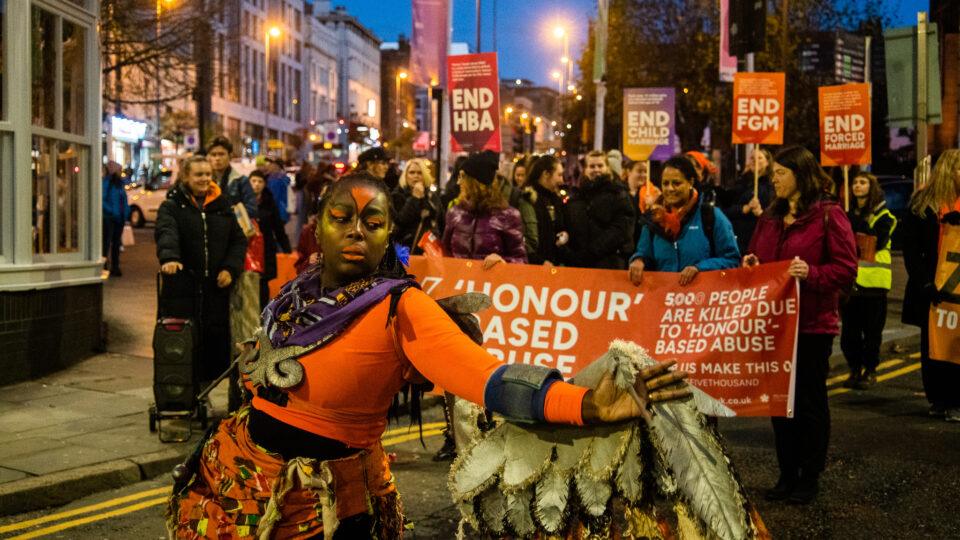Liverpool Protest Highlights Community Concerns

Introduction to the Liverpool Protest
The recent protest in Liverpool has underscored the critical issues facing the local community, drawing significant attention from media and public officials alike. Protests such as this play an essential role in advocating for change and amplifying the voices of residents who seek to address various grievances, such as housing, social justice, and environmental concerns. With the current socio-political climate, the Liverpool protest has become particularly relevant, reflecting the broader struggles of many urban areas in the UK.
Details of the Protest
Taking place on October 14, 2023, the protest attracted hundreds of residents who gathered at St. George’s Hall, a historic building overlooking William Brown Street. Organised by a coalition of local activists and community groups, the demonstrators marched through the city’s streets, carrying banners that expressed their discontent with various issues, including systemic inequality, the rising cost of living, and the need for increased public services.
Speakers included local leaders and representatives from affected communities who shared their stories and highlighted the pressing challenges many Liverpool residents face. Among the most noted issues was the ongoing struggle for affordable housing, with many families unable to meet rising rents and property prices in the city.
Community Response and Engagement
The protest was not only a call for change but also an opportunity for community solidarity. Local shops and businesses displayed supportive messages, and many residents expressed their determination to work together to demand policy reforms. Social media also played a crucial role, with hashtags related to the protest trending across various platforms, allowing those unable to attend to engage in the conversation.
Conclusion and Future Implications
This protest in Liverpool illustrates the growing frustration among citizens over unaddressed social issues and the perceived inaction by local authorities. As protests continue to shape the public discourse around these vital topics, it is likely that we will see increased pressure on policymakers to respond with actionable change.
The turnout at the Liverpool protest demonstrates that civic engagement remains strong in the community, and it is anticipated that similar events may occur in the future as residents continue to voice their demands. As the situation evolves, it will be important for both local officials and community leaders to develop effective strategies that address these concerns, paving the way for a more equitable and just city.
